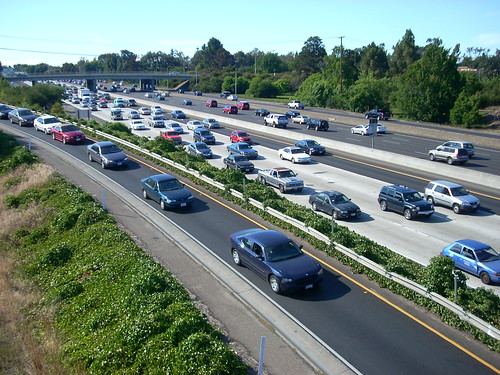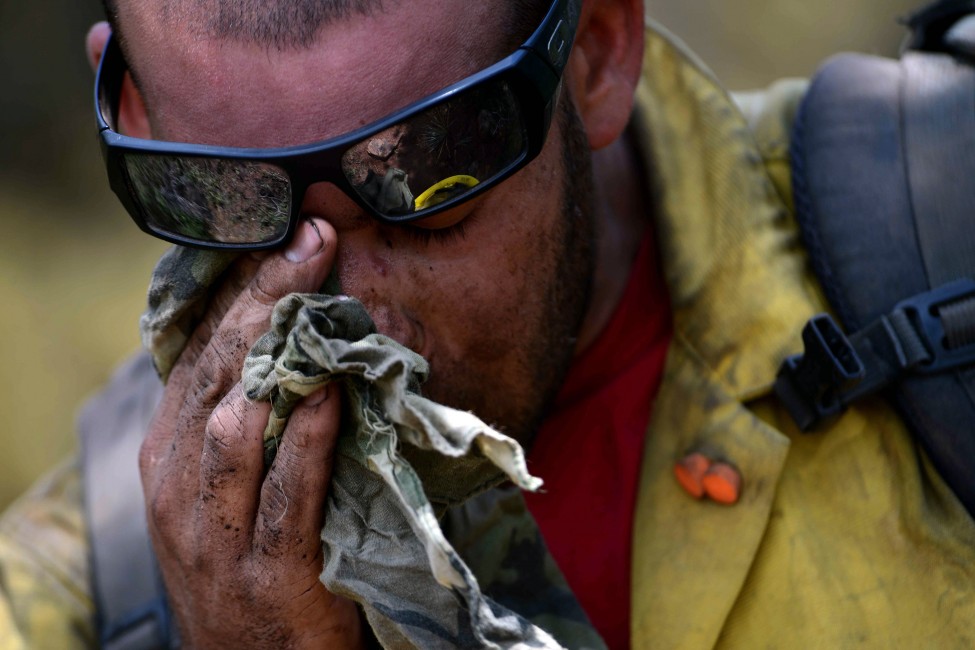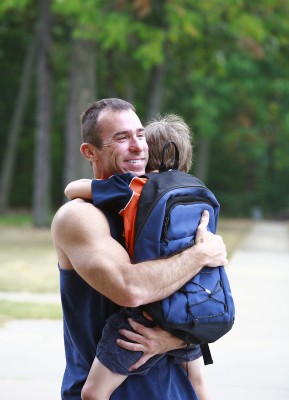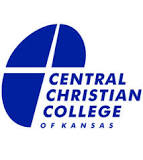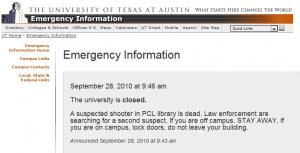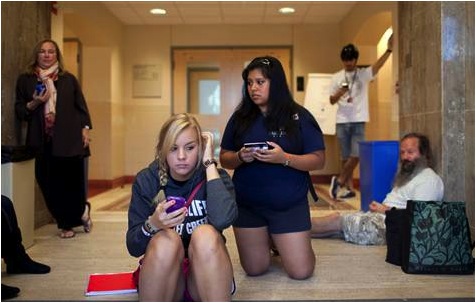- It’s Easier Than Ever to Purchase Business Continuity Plan through Texas State Department of Information Resources (DIR) 9/4/15
Now its easier than ever to purchase Amatra SmartSource™ for your organization through the Texas State Department of Information Resources (DIR) for Business Continuity Planning.
The DIR is a Texas state department which provides information and technology resources, including communications services, to state and local government and the K-12 public and higher education systems throughout the state. The DIR facilitates the purchasing of contracts through its volume buying power.
This new contract purchasing vehicle through the DIR will benefit organizations by saving valuable time spent comparing competitive products since the best price and value have already been negotiated by the DIR. This also provides a financial savings for the organization, which in turn is tax dollars saved.
SmartSource™ is the automated mass notification solution for Disaster Recovery and Business Continuity planning. After a crisis, SmartSource™ helps you resume normal business as quickly as possible.
Benefits by using SmartSource™ for Business Continuity:
- Target the right people, at the right time
- With the most effective and sophisticated communication channels
- Real time notification and response
- Reduces problems related to human error
Individuals will love getting relevant information on the go and that their tax dollars are being spent wisely, agencies will appreciate that they can get the right information out to the right people, as well as the time they have saved using the DIR to obtain their contract.
Click here for more information about the Texas State Department of Information Resources (DIR)
For more information about SmartSource™ or to request a demo, click here or call 512-535-5565



